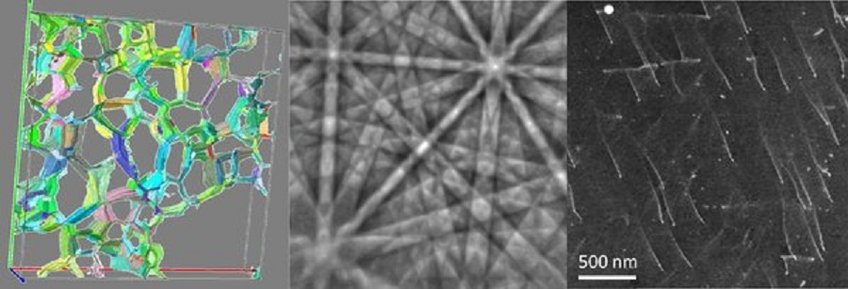Grain and phase boundaries are planar lattice defects where two crystal lattices of different orientation and/or different crystallographic structure meet. Grain boundaries strongly influence structural and functional properties of materials. Characterization can be done by various techniques for crystallograpic measurements.
[more]

